Are you in the quest of wholesale sneakers that you can resell for a nifty profit? Importing China wholesale shoes targeted at the running and walking community has been a proven way to obtain lucrative profits. A few months ago, we had the honor of visiting a China shoes factory in the outskirt of Guangzhou. I never found it lack of interest among the innumerable amount of factories I’ve been to, and it’s the most rewarding, intriguing experience to see something through our eyes, to learn how products are brought into life.
Compared with what a pair of ordinary shoes can provide, running shoes go far beyond only protecting and supporting the feet. In particular, athletic shoes are built for sports purpose with more advanced functions, thus, the manufacturing process tends to be more comprehensive and complicated than ordinary shoes.
Cold cement construction technology is widely applied in manufacturing sports shoes, namely, it provides the best performance to bond the upper part and the bottom part together.
Processes of manufacturing wholesale sneakers
1. Preparing raw materials
Sports shoes are produced from a combination of various materials.
* Soles
The soles of sports shoes usually consist of three layers: insole, mid-sole, and out-sole.
Insole: A thin layer of EVA (ethylene vinyl acetate)
Mid-sole: The components of mid-sole different depending on suppliers, a common combination is polyurethane with gel or liquid silicone to provide the bulk of cushioning
Out-sole: An assortment of materials is used for out-sole, i.e., carbon rubber, brown rubber
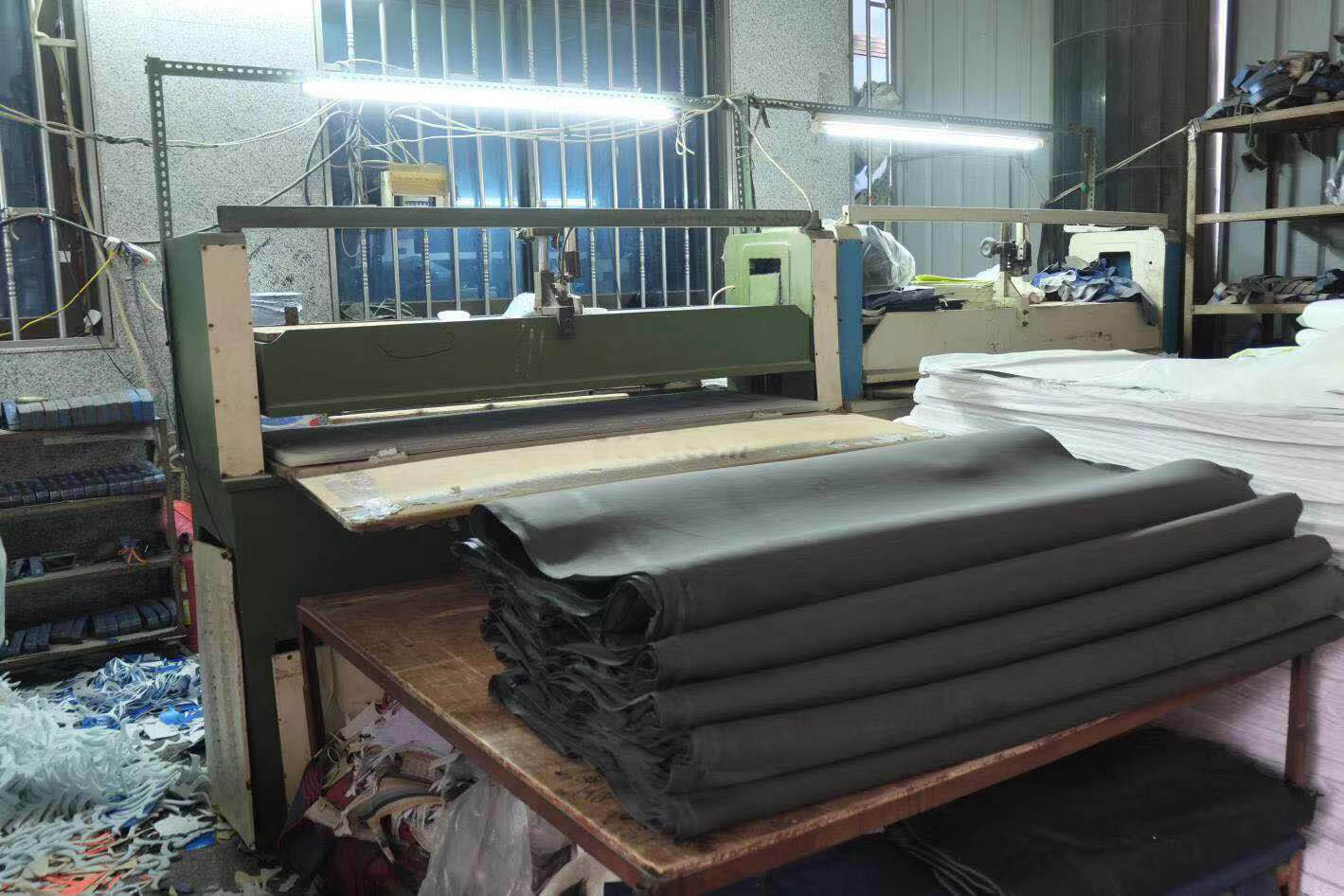
Processes of manufacturing running shoes-preparing raw materials-1 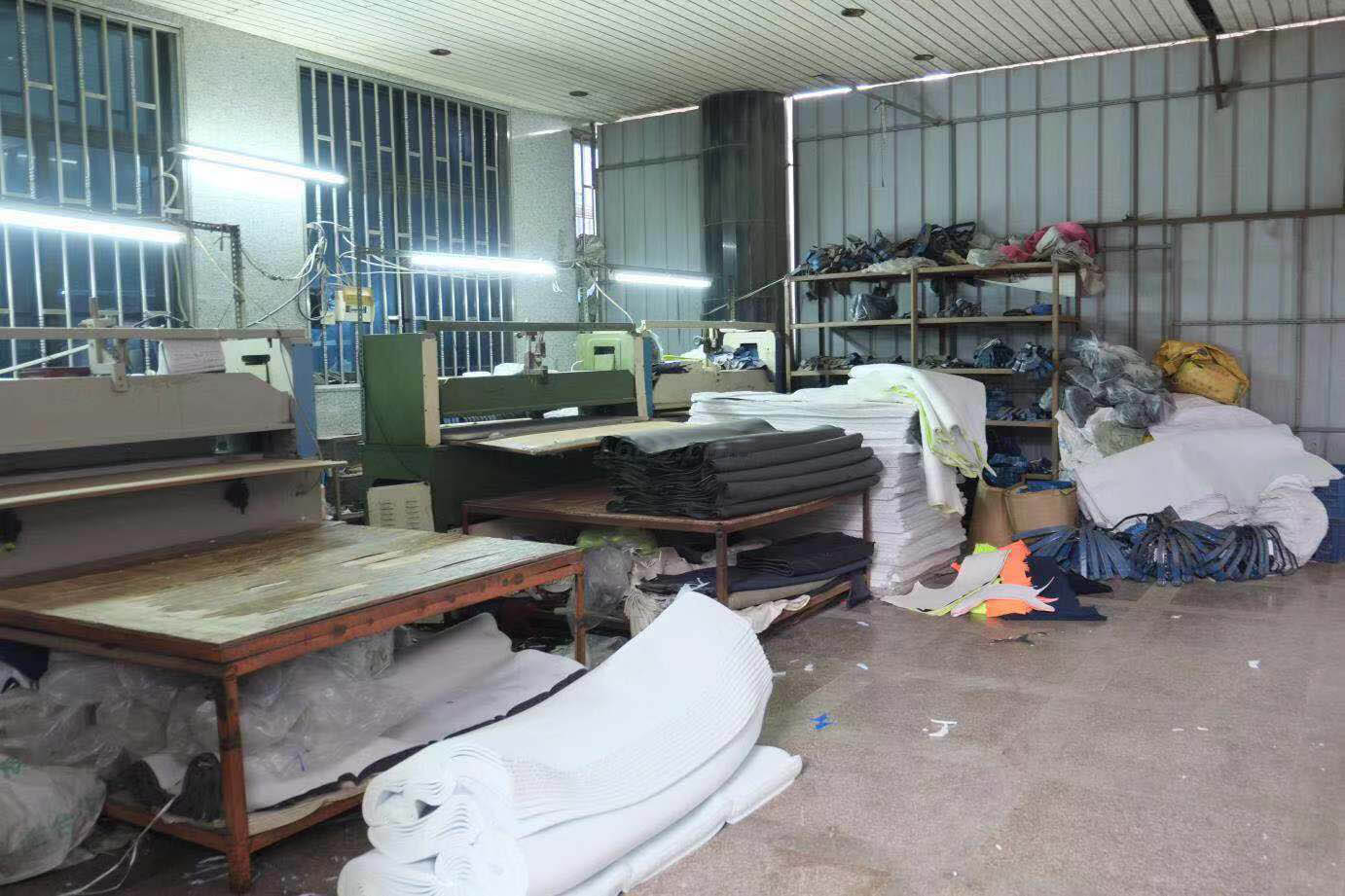
Processes of manufacturing running shoes-preparing raw materials-2
* Rest of the covering
A whopping array of materials is used in manufacturing the rest of the covering, including suede, nylon with plastic slabs or boards retaining the shape, leather, cloth, mesh, lace, etc.
2. Cutting
Running shoes usually consist of a significant number of parts, and cutting dies are used for every part. Each part is individually cut, marked and categorized into kits. One kit is for one pair of shoes. Afterwards, the kits are passed onto the stitching assembly line to sew them together.
3. Assembling the upper part and the insole
The stitched upper part, now resembling a round hat, will be stitched to the insole. An insole board is inserted, and stiffening agents are applied to the heel region and toe box.
The last, a plastic mold that builds the final shape of the shoes, is placed under the upper part using automatic lasting machine. Then cement will be applied between the upper and insole board with the help of a cement nozzle. The next step is to press the two parts together. Now the upper part features the shape of finished shoes.
4. Assembling the upper part and mid-sole, out-sole
First things first, the mid-sole and out-sole are aligned and bonded together. Then the assembled soles will be aligned with the upper again and heat up to reactivate the cement. As the cement cools off, the upper and the soles are perfectly bonded together.
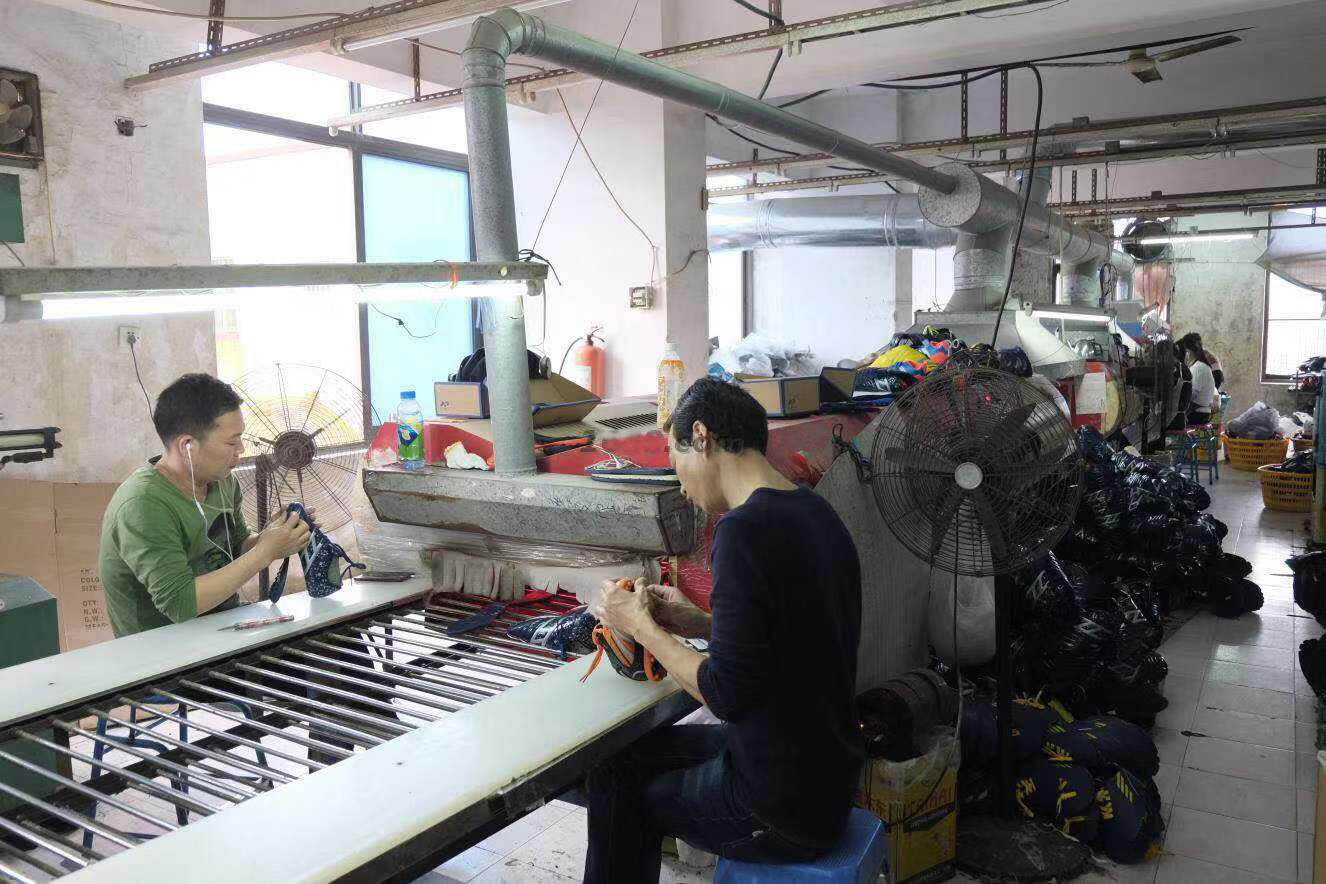
Assembly line of running shoes factory in China-1 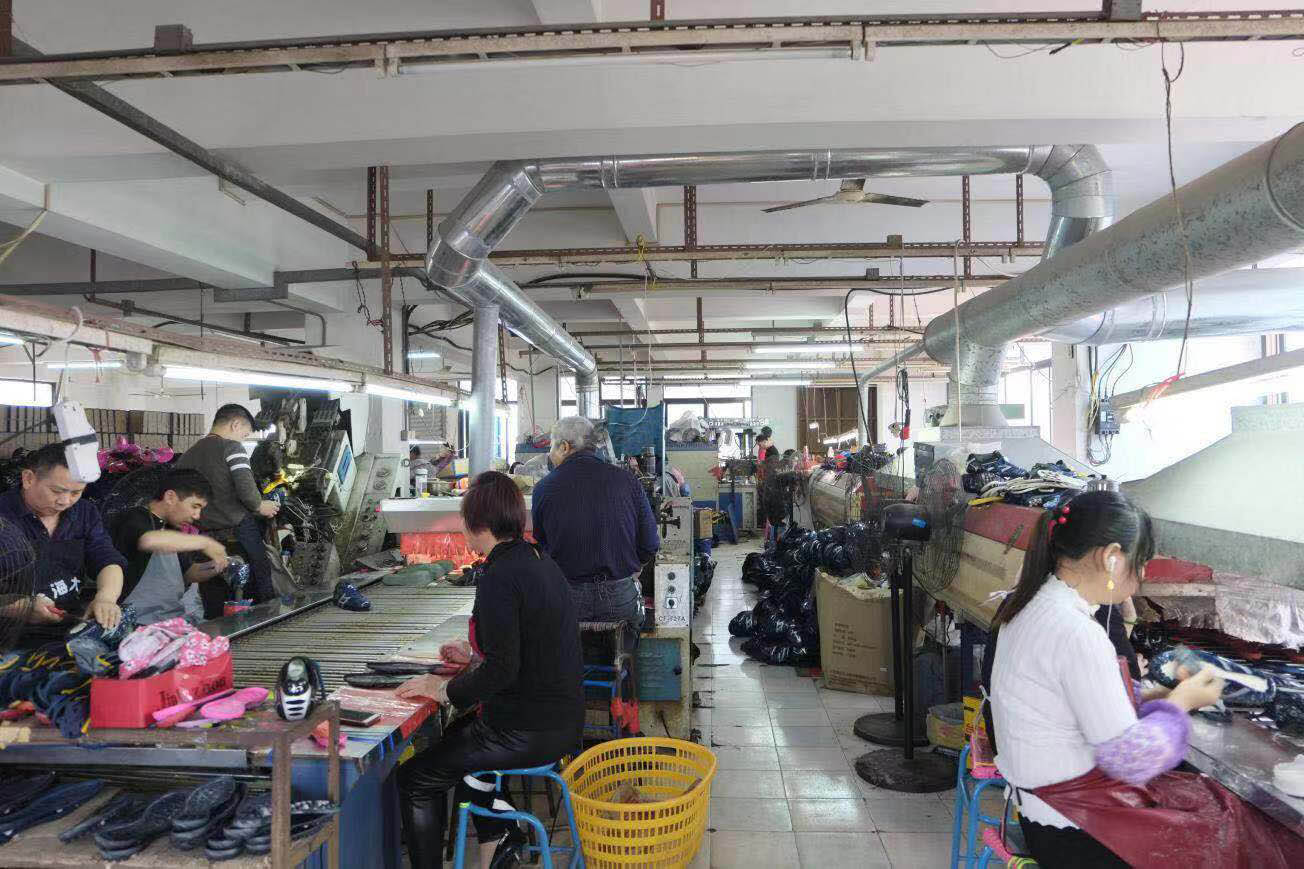
Assembly line of running shoes factory in China-2 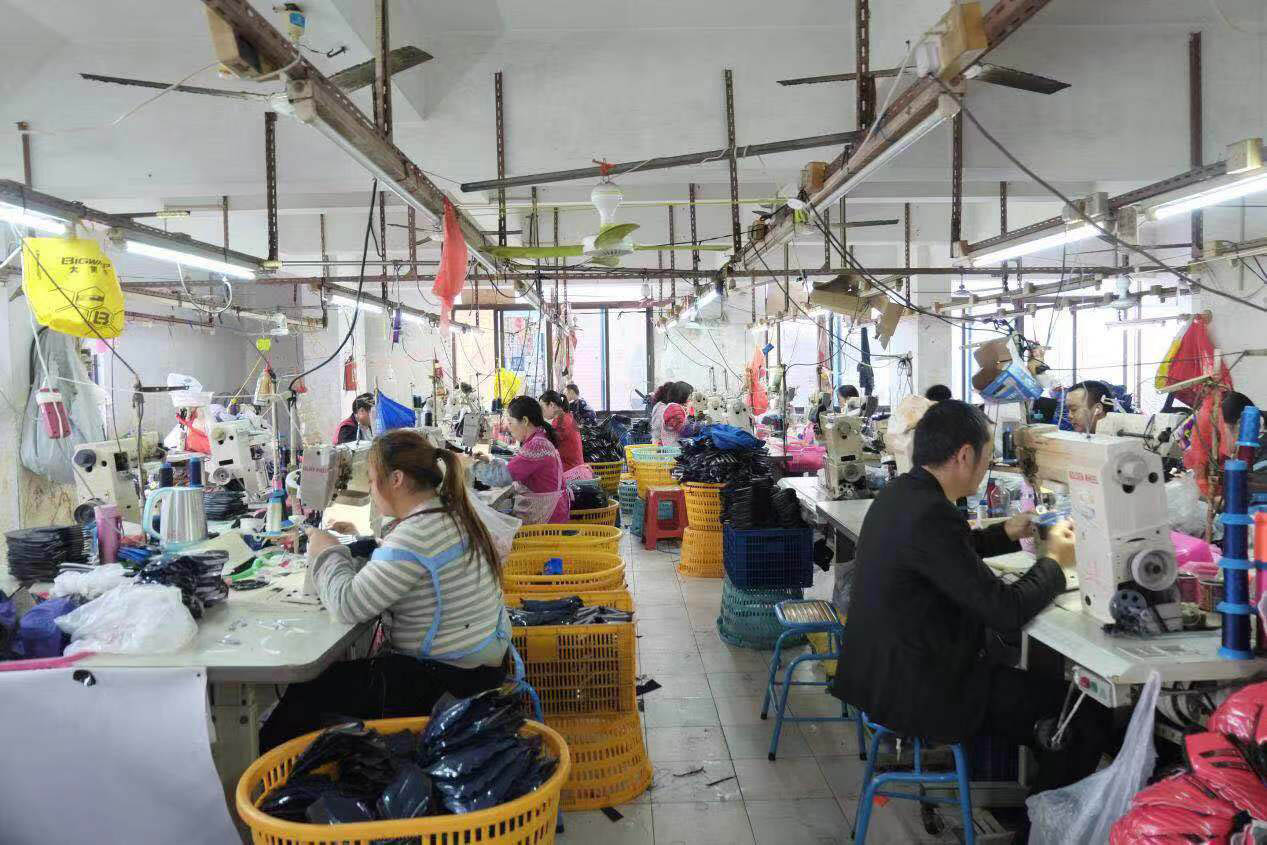
Assembly line of running shoes factory in China-3 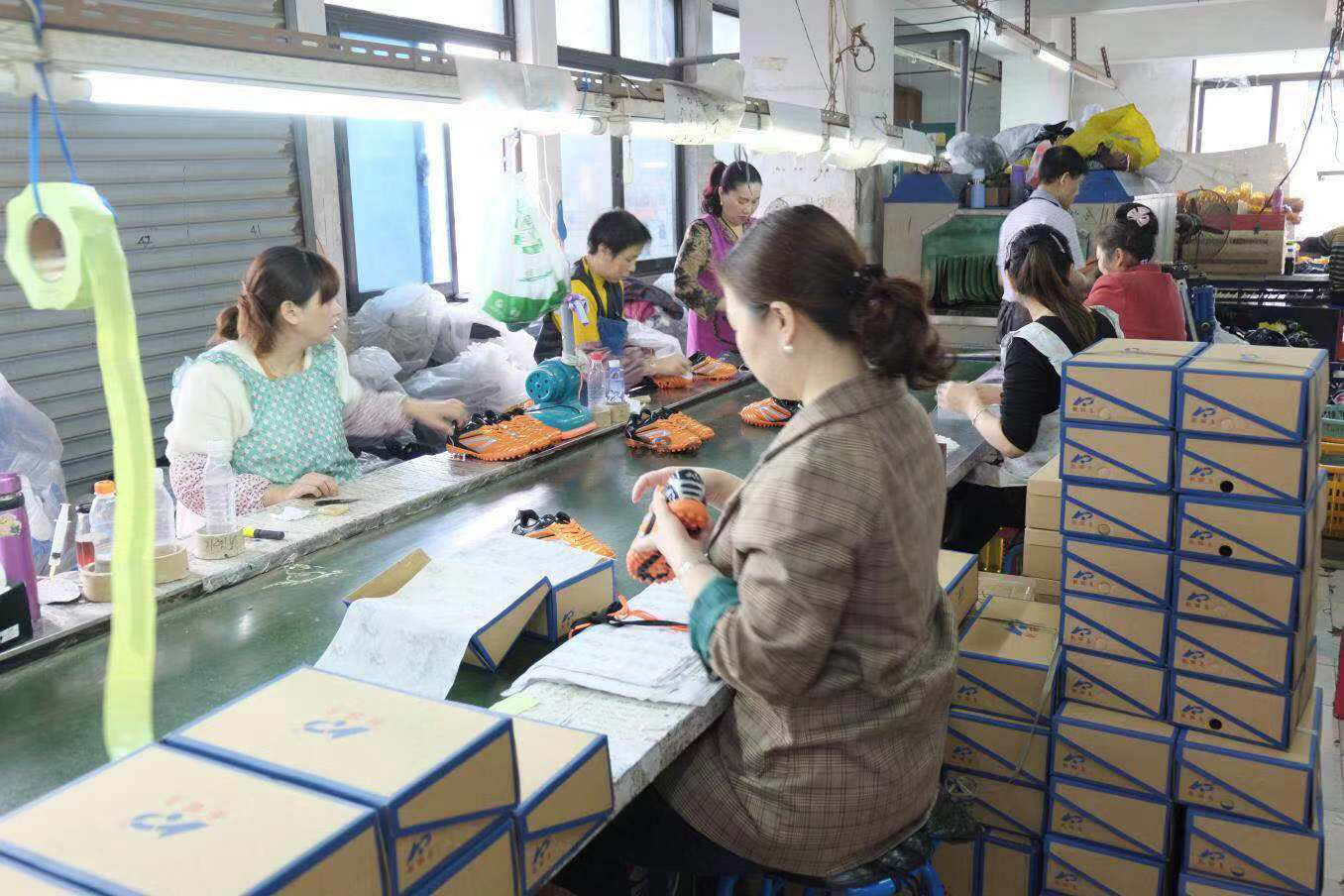
Assembly line of running shoes factory in China-4
5. Quality inspection
SATRA (Shoes and Allied Trades Research Association) has developed a set of comprehensive measures to inspect each element of the sports shoes, whether there’re defects like stitching mistakes, poor lasting, incomplete cement bonding, etc. Some other tests are also developed to assess the shoes’ anti-shock functions since running can lead to tendons and ligaments in the leg as well as other injuries to the feet.
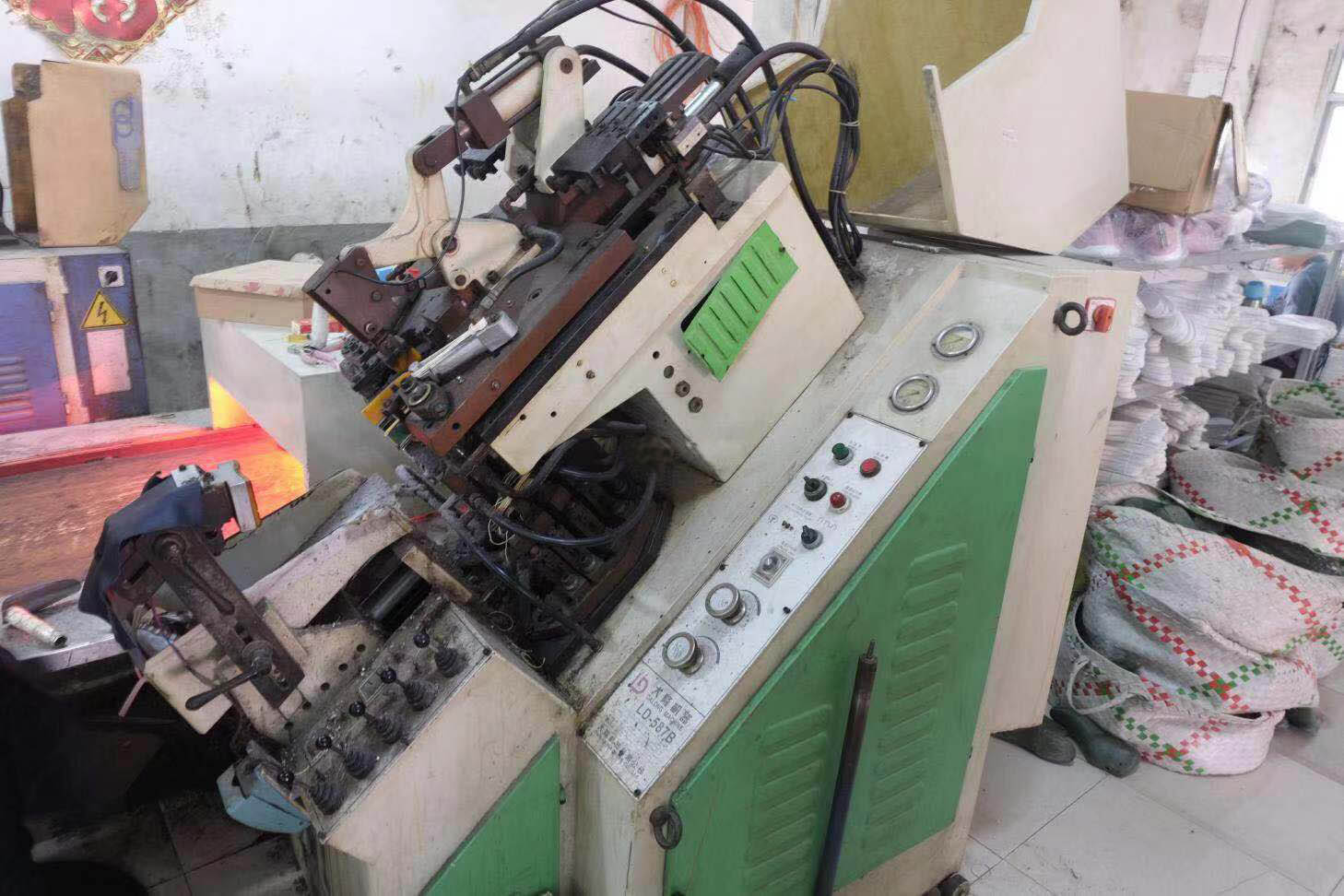
Equipment used in manufacturing sports shoes in China-1 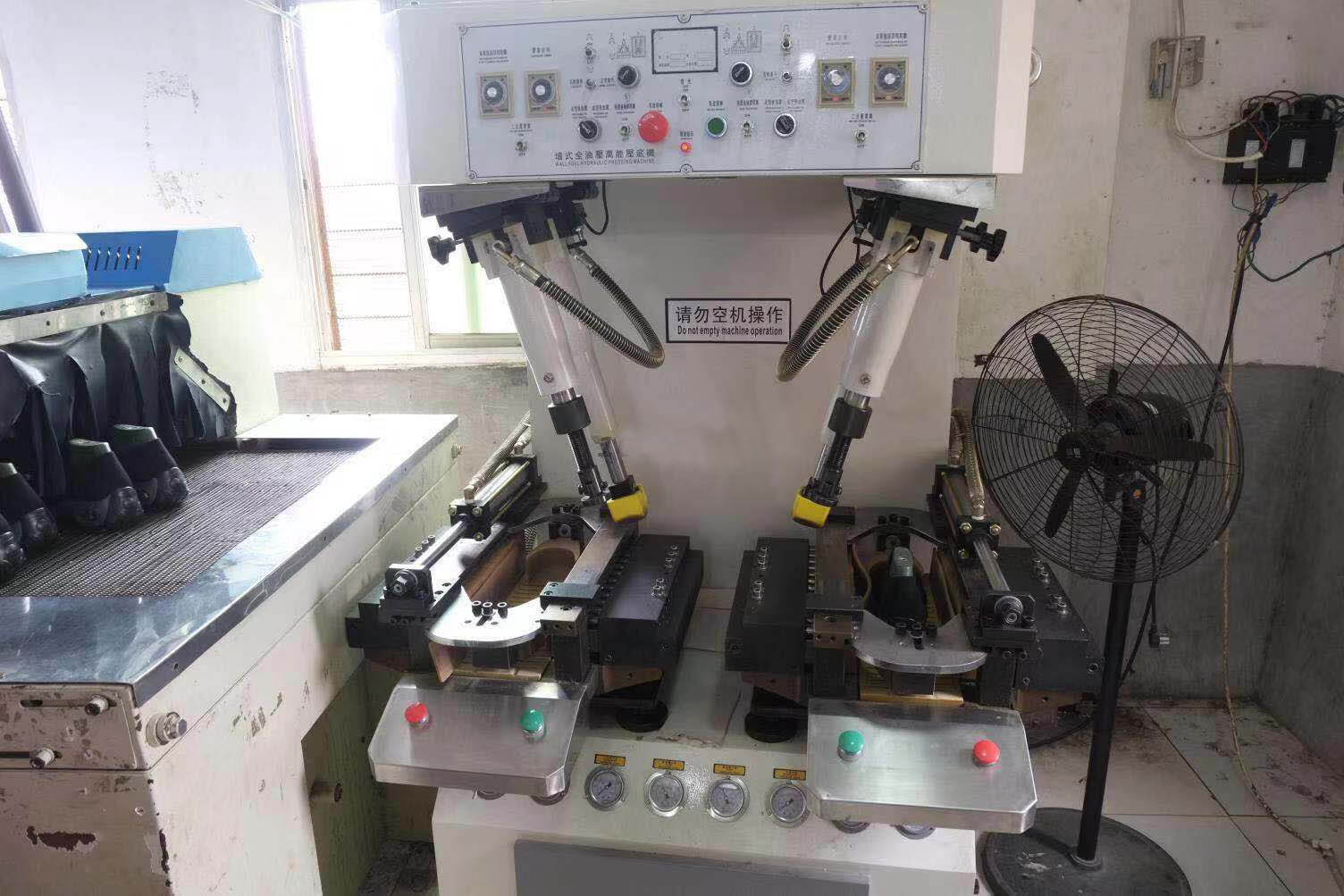
Equipment used in manufacturing sports shoes in China-2 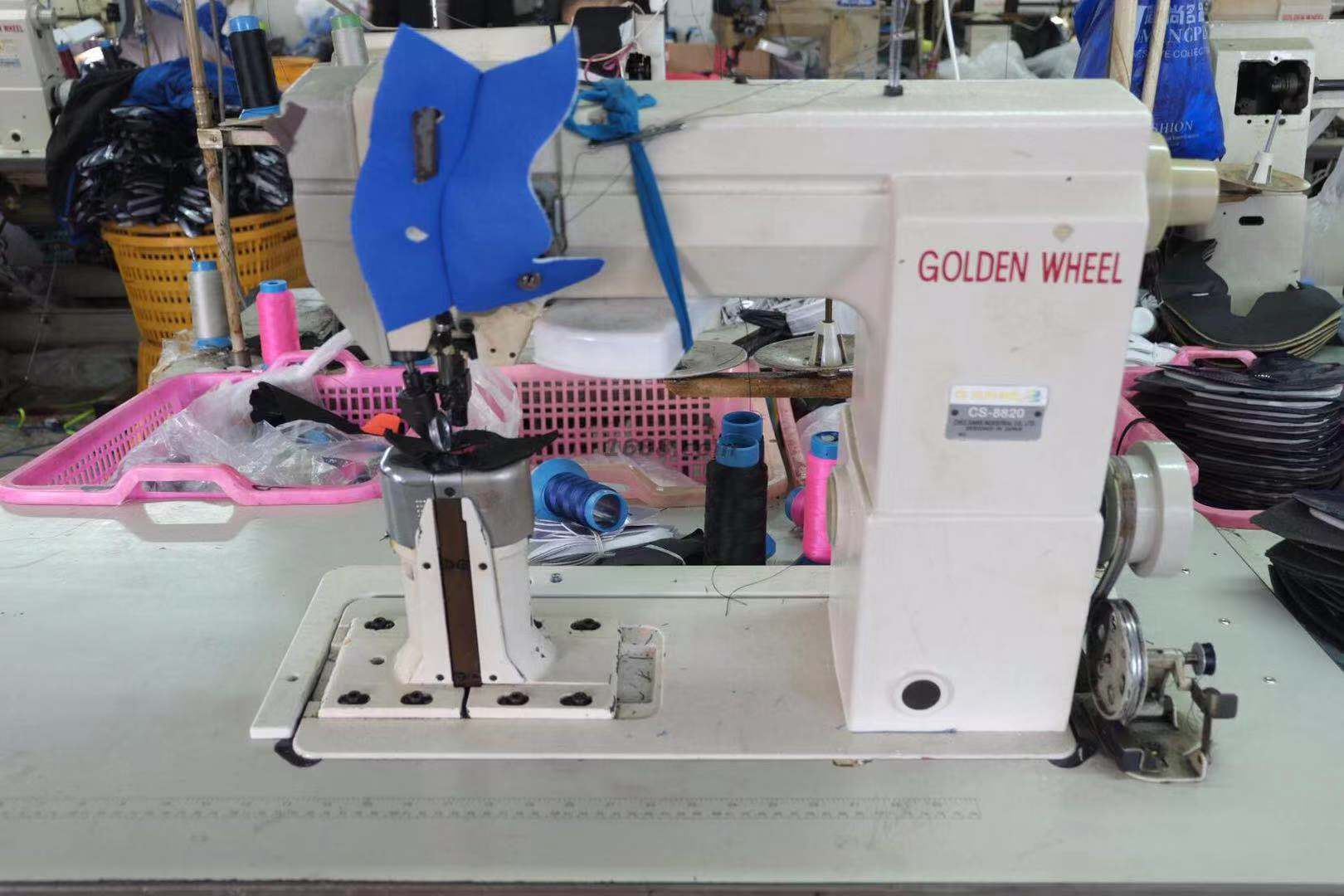
Equipment used in manufacturing wholesale sneakers
Pictures shown above are some of the equipment used in sports shoe manufacturers in China.
Leave a Reply